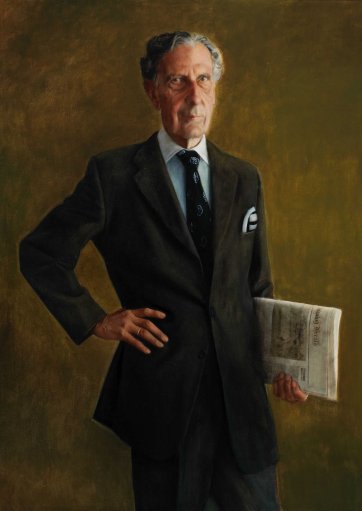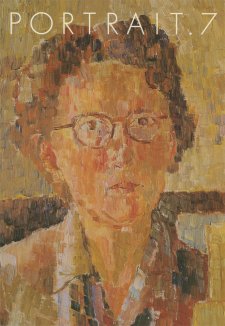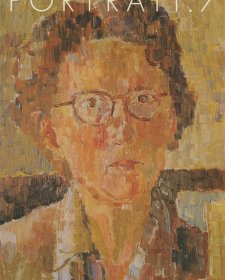Virtually all of Australia's large well-established companies have accumulated collections of artworks. This is particularly true of companies whose histories stretch back to the nineteenth century.
One such company, Fairfax Holdings, the contemporary manifestation of the newspaper publishing group established by John Fairfax in 1841 decided to divest itself of its art and the National Portrait Gallery was considered by the management of the company to be the appropriate home for the group of portraits within the corporate collection.
The Fairfax portraits are significant, not only because of the people portrayed, but also on account of the artists whose works are included. Of particular note are busts by the leading nineteenth century Australian sculptors Achille Simonetti and Charles Summers (the sculptor of the Melbourne's Burke and Wills monument, the most ambitious Australian sculpture of the nineteenth century). The group includes a fine portrait of Sir James Reading Fairfax by Tom Roberts, executed in 1898 when the artist was at the height of his celebrity as a portraitist. In the twentieth century three works by the late Bryan Westwood are outstanding. The Westwood portraits of Sir Vincent Fairfax and Sir Warwick Fairfax are austere, serious pictures. Westwood's portrait of James Fairfax, on the other hand is expansive and high toned; rather than portraying the subject in a sombre suit and in an anonymous setting, the artist placed the subject against a the wall of the Art Gallery of New South Wales, between two seventeenth-century paintings he gave to the collection there - Rubens's Constantine investing his son Crispus with command of the fleet and Jacob van Ruisdael's Wooded hillside with a view of Castle Bentheim. James Fairfax is represented, therefore, as a man of taste, a collector and a publicly spirited benefactor.
Usually, companies celebrate the men who have helped build the company but are less inclined to celebrate the contribution of women. Yet the Fairfax portraits include portrayals of women, a feature undoubtedly attributable to the fact that Fairfax was a family company from its inception until quite recent times. Included in these portraits are a commanding nineteenth-century pastel of Sarah Fairfax that can be attributed to the fashionable Sydney pastellist Edwin Dalton.
Despite the uniqueness and quality of the Fairfax portraits, the gift has been one of a number that companies have made to the National Portrait Gallery in 2001 -2002 in recognition of the Gallery's role as the custodian of Australia's portrait heritage. In 2001 the soon-to-be-sold Sydney Airports Corporation gave the Gallery Sir William Dargie's iconic double portrait of Kingsford Smith and Ulm and two busts of the flyers by Enid Fleming. In March 2002 the Gallery accepted the National Australia Bank's gift of George Lambert's 1925 portrait of G.J. Cohen, a major figure in the history of the Commercial Bank and in the same year accepted the Coles Myer gift of portraits of G.J. Coles and his brothers and Paul Mountford's commanding bust of Sidney Myer, founder of the great retail chain.















